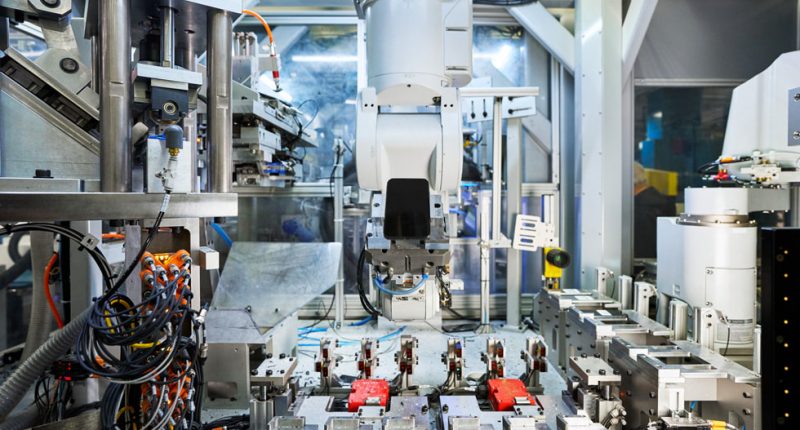With Earth Day round the corner, tech giant Apple has removed the veil over a host of initiatives and innovations it has undertaken. It also released the details of the increased use of recycled materials in the creation of its products.
Not only has Apple (which continues to be carbon neutral in its operations) used certified recycled gold in the making of its products for the first time, but it has also more than doubled the use of recycled tungsten, rare earth elements, and cobalt for the same. In fact, the company claimed that nearly 20% of materials used in its products (which were produced and shipped last year) were recycled.
While certified recycled gold was used in the plating of the main logic board and wire in the front camera and the rear cameras of iPhone 13 and iPhone 13 Pro, the products of the Cupertino-headquartered tech titan last year included an increase in the use of certified recycled rare earth elements (45%). In fact, Apple said that they were able to recover enough gold and copper from one metric ton of iPhones parts as is typically mined from 2,000 metric tons of rock, which is ideal for reusing the same materials once again.
Additionally, the new Phone, iPad, AirPods, and Mac devices featured 100% recycled tin in the solder of their main logic boards as the total percentage came to 30%. Finally, the making of iPhone batteries included the use of certified recycled cobalt, the total percentage came to 13%.
If you want to know more, Apple has all the data for you. 59% of the aluminum that was present in Apple’s (shipped) products last year came from recycled sources – in fact, many products had wholly recycled aluminum in the enclosure. The company has made strong progress to stop using plastics in its packaging by 2025 if the fact that plastics account for just 4% of packaging in 2021 is any evidence. Since 2015, plastic in the packaging of Apple’s products has been reduced by 75%.
Reusing has been the keyword for Apple, which was highlighted once again last year. In that period, the company sent 12.2 million devices and accessories to new owners to be reused. In the long run, Apple wants to make sure of its 2017 goal and use only renewable or recyclable materials in its products.
We know come to the second part – the initiatives and the innovations. “As people around the world join in celebrating Earth Day, we are making real progress in our work to address the climate crisis and to one day make our products without taking anything from the earth,” said Lisa Jackson, Apple’s vice president of Environment, Policy, and Social Initiatives.
First comes Taz, a machine that extracts the materials from the recycled gadgets using new shredder-like technology to separate magnets from audio modules and recover more rare earth elements. Next comes Daisy, its patented iPhone disassembly robot, whose capabilities have been expanded so that it can take apart 23 iPhone models, and Dave, a robot that disassembles Taptic Engines and helps recover valuable rare earth magnets, tungsten, and steel.
If you are from the US or Canada, then you will find that Apple Maps is making it easier for you to soak in the beauty of nature by finding “beautiful green spaces, family fun in nature, city walks, and trails” with 25 new guides from Lonely Planet, AllTrails, and The Nature Conservancy. Apple Fitness+ is joining the party as well, as subscribers will be able to enjoy nature-inspired yoga, meditation, cycling, rowing, and treadmill workouts.
You can also learn with an immersive AR experience on Snapchat about the environmental innovations behind the iPhone 13, while you will get curated global content on nature, the climate crisis, and similar topics, with Apple News, Apple Books, Apple Podcasts, and the Apple TV app.
The Tech Portal is published by Blue Box Media Private Limited. Our investors have no influence over our reporting. Read our full Ownership and Funding Disclosure →






